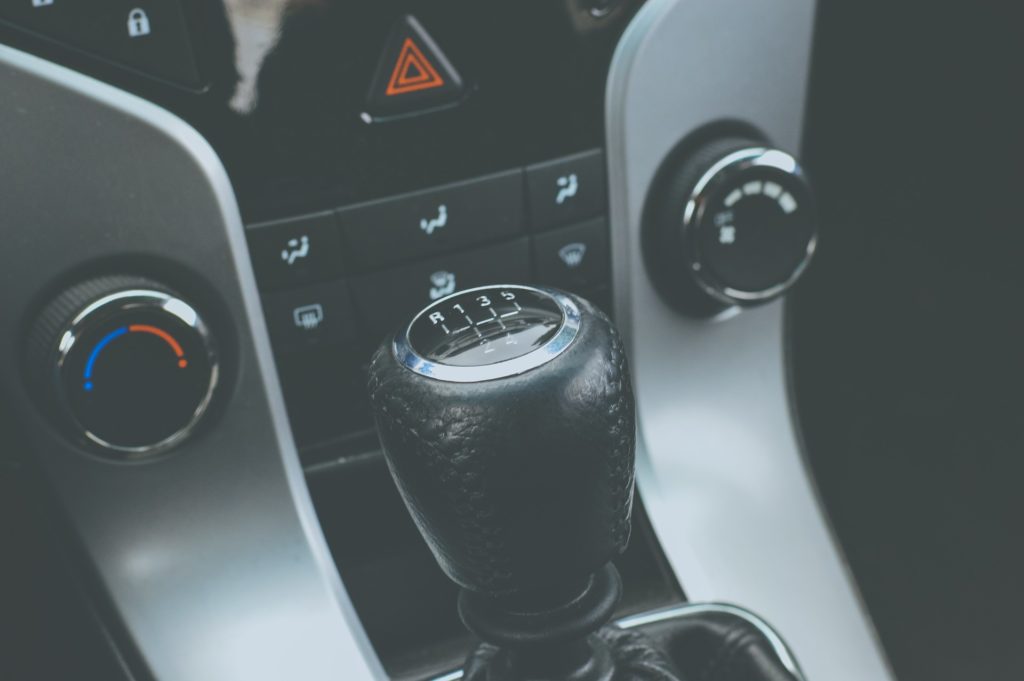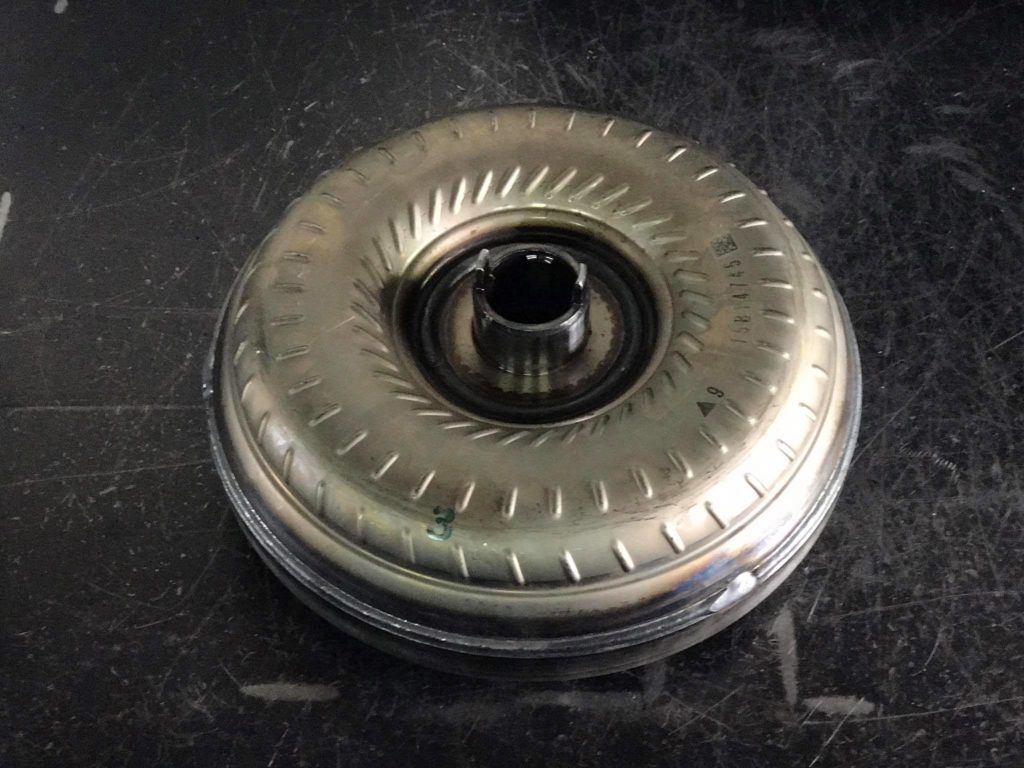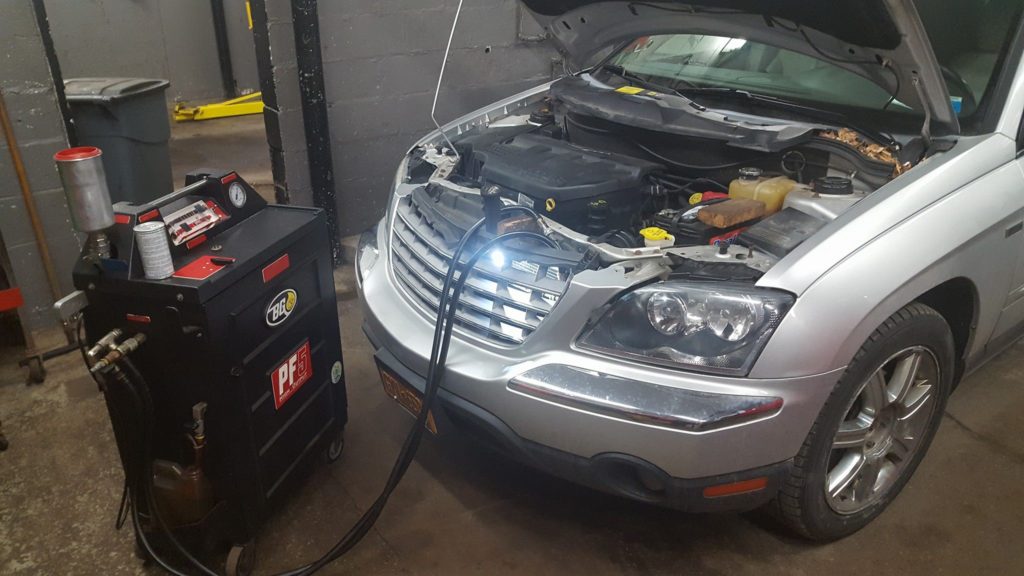Signs Of A Bad Transmission 2021: Transmission Shop
9 April 2021
Bad Transmission – Can You Drive With A Bad Transmission?
1 by Car Gambit
There are definitely sings of a bad transmission and if you’re a vehicle driver, you need to know them. We’ll explore those signs and more!
Whether you’re hearing sounds from your vehicle or your driving performance is hindered, we’ll take a look at the signs of a bad transmission as well as how to remedy them.
So, continue reading and learn why a bad transmission is important as well as what to do if you have a bad one!
What is a Transmission?
Another name for a car’s transmission, is a car’s gearbox.
A transmission is the component that helps to turn the engine’s power into something the car is able to use on a regular basis.
Without a bad transmission, you would basically sit in your car with the engine running and you headed nowhere.
Various kinds of transmissions offer various gear operationsThe Different Kinds of Transmissions
Manual Transmission
A manual transmission, also has the name of manual gearbox. Others may refer to it as a standard transmission, gearbox or a stick shift. This kind of transmission is utilized in motor vehicle applications. A manual transmission also uses a driver-operated clutch, generally engaged by a hand lever or a foot pedal.
Automatic Manual Transmission
An automatic manual transmission has an automatic clutch. The driver can change gears without operating a clutch pedal. Instead of a clutch pedal, actuators, sensors and processors do the job.
Dual-Clutch Transmission
The dual-clutch transmission is a variation on an automated manual transmission. Not only does it look after the operation of the clutch but the gear changes too.
Each clutch takes care of either even or odd-numbered sets. The entire objective is to pre-select the next gear, own up as the driver activates the previous gear.
This means that when a driver initiates the next change, that changes happens instantly without any interruption in progress or even power.
Transmission Shop Near Me- How do you Know if Your Transmission is Going Out?
When a transmission starts to slip, your car will begin to act up and now you need help fast. If you don’t get the proper maintenance for your car, what was once a small problem can grow into a larger one. Thankfully, there are some signs to look for, when a bad transmission begins to go out:
Transmission Slipping:
Regardless of if you have a manual or an automatic or manual transmission both have a clutch system that will separate and then engage new gears. Over time, this system will wear down. Then, you’ll be looking at a that will literally begin to slip while changing into the next gear. Low fluid pressure will also cause a transmission to Suddenly, you will find that you have a multitude of issues that will worsen over time. Then, you will reach a point to where the transmission seizes and will not engage at all.
Weird Smells:
A transmission has its own fluid, that is designated for it and it alone. Your transmission’s fluid is there to lubricate and ensure that all the gears are spinning smoothly and running in harmony with one another. When a vehicle reaches high mileage the transmission fluid may leak or either burn inside the transmission. If you notice red fluid seeping from under your car or you smell a weird smell, your transmission needs a fluid service ASAP. If you opt not to get a fluid service, then you may be looking at a blown transmission.
One way to know you have a transmission that’s bad, is the grinding of your gears. Credit: Pixabay### Transmission Warning Light**:**
Modern cars in today’s day and age have all kinds of sensors that will light a dashboard like lights at a Christmas tree festival. So, for a transmission on its way out, you may see the ever popular “check engine light” come on. You may now be experiencing transmission fluid that is either running low or is completely burnt out causing the temperature in your transmission to rise. Now you face your transmission either blowing or seizing up.
Odd or Grinding Sounds:
Both manual as well as automatic transmissions make unique sounds when they start to go bad. With an automatic transmission, you may hear a sound or some humming, or even buzzing sounds. You’ll also feel wobbling from your gears. With a manual transmission, you know you have issues when you grind into every gear.
Even car makers are held accountable for bad transmissions
Each year, car makers are held accountable when transmissions present a problem to a number of drivers.
In fact, according to reports: “…owners of certain Ford Fiesta and Focus small cars equipped with the automaker’s PowerShift automatic transmission can begin filing settlement claims that could top $20,000 apiece, depending on the issues experienced,” .
Signs of a Bad Transmission:
Bad Torque Converter Vs Bad Transmission
When diagnosing drive-line problems, one huge challenge auto professionals face, diagnosing a bad torque converter versus a bad transmission. Both issues have similar symptoms.
Understanding the Torque Converter
With an automatic bad transmission the torque converter takes on the job that a clutch would do in a manual transmission. One benefit to a torque converter is that the engine will keep running while at a standstill. Why? Well the torque converter offers a hydraulic connection between the transmission and the engine. With the manual transmission clutch, the driver has a direct physical connection between the transmission and the engine. This is the reason that once you drive and you stop, your clutch must be disengaged from the flywheel.
While the torque converter will secure to the input shaft of the transmission, it will also use the same hydraulic transmission fluid that the transmission uses. This is why it is so difficult to decipher whether it’s the transmission or the torque converter. But you can guarantee that there is an issue once you see metal flakes in the fluid.
When You Have A Bad Torque Converter, You May See/Hear:
Low to No Fluid– Picture a torque converter without transmission fluid and compare it to an engine without gas. You’re just not going anywhere.
Bad Torque Converter Clutches– When torque converters lock, they create a true physical connection between the engine and the automatic transmission. When you have this, the transmission can operate more efficiently at higher RPM. But, when they go bad, the converter won’t be able to lock when going down the street or a highway. In this circumstance, the engine will rev up quicker than it normally would.
High Stall Speed– A malfunctioning torque converter will often run at a higher stall speed.
Shuddering– Shuddering is generally a symptom of a bad torque converter. This will generally happen at a specific vehicle or engine speed. So, picture yourself driving down the highway and then your car will begin to vibrate. And once you keep driving longer, that vibration will begin to stop.
When You Have a Bad Transmission, You May See/Hear:
Delays When Transferring from Going to Gear– For any delay when you decide to push the gear selector and you begin to feel the transmission going into gear, that’s a true indication that you have a transmission problem.
Some Gears Work, Some Don’t– When you have a transmission work only in a certain gear or fails to get all of its gears to engage, then you’ve got a transmission problem.
Dirty Fluid– Did you know that your transmission fluid can tell you a lot about the condition of the transmission? Taking a look at it will tell you if there is something wrong.
There is no Vehicle Movement in Gear– You can certainly experience no movement in gear with a bad torque converter. But no movement in gear is more likely to be a transmission problem Generally, a transmission with low fluid won’t provide movement because not enough fluid is reaching it.
Torque Converter with 193NM, Credit: FacebookSo, so sum it all up, you’re more a torque converter problem is going to exist across every gear and speed, with the exception of a shudder.
But a transmission problem is going to usually be confined to a more fixed set of conditions. This means, that your transmission issues will usually occur in a certain gear or at a certain time.
Can You Drive with A Bad Transmission?
Driving with a bad transmission is never a good idea.
Although technically, you can drive your vehicle, but each time you know your transmission is bad and you drive the vehicle anyway, you are still causing issues.
If metal shavings begin to chip off and they enter into your coolant, you’re gonna have some big problems and big repair bills too.
Signs of A Bad Transmission: Can Changing Transmission Fluid Be Bad?
Transmission fluid is important because it lubricates the parts of your transmission while helping to reduce the wear and tear caused by heat and friction.
While changing your transmission fluid won’t damage the condition of your transmission, you may find that your transmission slips if you don’t change the fluid enough.
While each car is different, you may want to consult with your owner’s manual regarding how often you need to change your transmission fluid.
Good transmission fluid is pink in color, while bad transmission fluid is brown. Extremely bad transmission fluid is dark brown.
To determine if you need to change the fluid, wipe the dipstick on a white paper towel or cloth and look at the color of the transmission fluid.
For a fluid that is bright pink your fluid is new and doesn’t need to be changed. But if the fluid is a light brown, then you know it’s time to change it.
For transmission fluid that has not been changed in a long time the fluid will be dark brown in color and may even have metal flakes or particles floating in it. This is an indicator that the transmission is damaged.
So, is a transmission flush good or bad to do on my car?
One of the definite signs of a bad transmission is the look of the fluid.
So, when it comes to doing a transmission flush, be sure to first read your owner’s manual to make sure you know whether a flush or change of transmission fluid is recommended for your vehicle.
When changing your transmission fluid, you should open the transmission drain which you will find on the underside of the car.
Changing your fluid allows for up to 50% of the transmission fluid to be drained out. You should have a pan to capture the fluid.
The other half of the fluid remains in the torque converter as well as in other parts of the transmission.
Transmission flush performed on this Chrysler Pacifica. Credit, FacebookFlushing your transmission fluid, as opposed to changing it, is only recommended if the transmission fluid is in good shape. It’s also recommended if there no signs of damage to the transmission.
If you do a flush with a damaged transmission material in the transmission fluid, you’re looking at the possibility of problems in the valve body at the bottom of the transmission. We recommend getting to a mechanic and getting a professional analysis of your transmission as well as transmission fluid.
Signs of a Bad Transmission- What is the Transmission Repair Cost?
According to data from the Transmission Repair Cost Guide, the cost of repairing a bad transmission ranges between $1800 to $3400.
“A used/salvage transmission ranges from $800 to $1500, a rebuilt transmission from $1100 to $2800 and a refurbished from $1300 to $3400,” according to the guide.
The Transmission Repair Cost Guide also states: “A used/salvage transmission ranges from $800 to $1500, a rebuilt transmission from $1100 to $2800 and a refurbished from $1300 to $3400. The labor to remove and replace a transmission ranges from $500 to $1200 for 4 to 10 hours of billed time.”
Transmission problems should never go unattended. Waiting and hoping that “things will get better” with your transmission is not ideal. And fixing it without knowing what you’re doing is also not cool to do.
What could be fixed with an easy bad transmission fluid change, can quickly escalate to a stalled or a blown transmission.
To get proper car for your car and transmission, you have to seek a reputable mechanic and get a professional diagnosis of your issue. That way, he or she can determine what is needed to repair before you spend money on any and all transmission services.
Pictured here is a Transmission Rebuild – “The transmission is reassembled and the bolts are torqued to specification ensuring no stuck valves.” Credit: FacebookIs it worth it to fix my bad transmission?
The first step in determining if it’s worth it to fix your car’s transmission, is to access the damage. Check out additional advice below:
Have a professional diagnose and give you a quote of your transmission’s damage: If your vehicle isn’t destroyed completely and your engine still runs, you may opt to get it fixed. But if your transmission is a goner and the engine is problematic, then you may opt to just sell your car for junk.
What about a Used car parts rebuilt transmission?
This is an option. But keep in mind that a rebuilt transmission might not be as good as a new transmission. Sure, your car will run, but it is not as good as a new one. Used car parts to repair transmission problems.
Evaluate what your vehicle is currently worth. If the cost to fix your transmission, outweighs the vehicle’s value, then you have your answer there.
Once you have the repair estimate and you know your vehicle’s value, then you’re ready to determine if you should fix your transmission or just cut your losses and sell your car.
Need to sell your car because you’re ready to move on? Sell it to Cash Cars Buyer! Even with a bad transmission, or with you ready to junk your car, you can still obtain an instant offer on your vehicle!